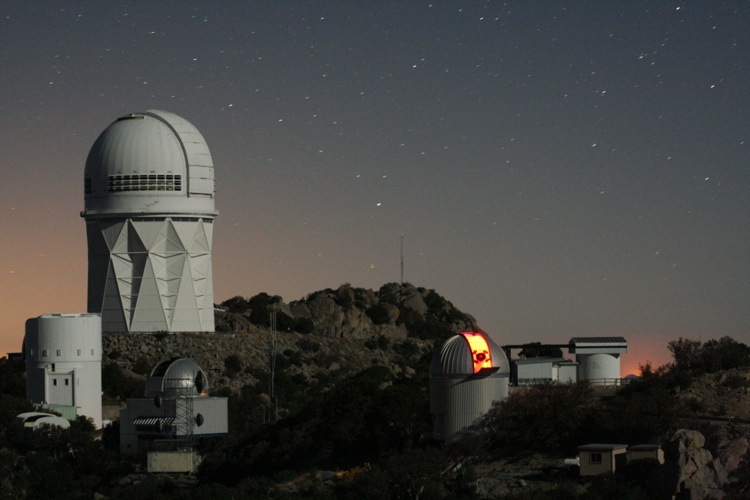

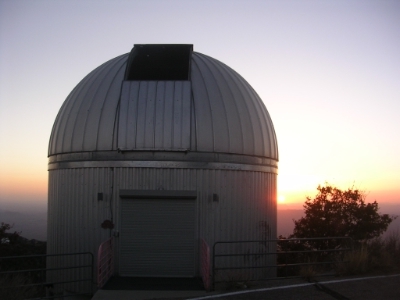
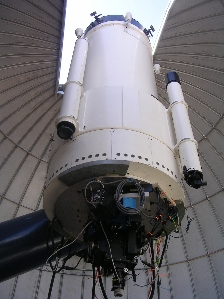
The University of Alabama recently (2006) joined the Southeastern Association for Research in Astronomy (SARA), a consortium of 10 colleges and universities which operates remote telescopes for research and instruction. The first of these was a 1m instrument (formerly known as 0.9m until the mirror was recoated and someone measured it) on Kitt Peak, constructed from (the worst) parts of the two such telescopes originally operated by the national observatory, and made available after one telescope was replaced by the 3.5m WIYN telescope. Regular operation uses standard Internet tools, allowing operation of the telescope and either of two CCD imagers. UA use has involved galaxy structures, active galactic nuclei, and teaching at both graduate and undergraduate levels.
Here are some sample images from the SARA 1m, using an Apogee U42 CCD. The galaxy pair NGC 4435/8 in the Virgo cluster is a good exmaple of the kind of hyperbolic flyby which is most common in rich environments; the galaxies won't merge, instead producing transient tidal disturbance in the larger disk (update: belay that - Jeff Kenney has shown that the elliptical galaxy involved was a huge one outside the field, so the one to upper right really is an uninvolved bystander - a "galaxy of interest"). This is an instance of what has been termed galaxy harrassment. NGC 4151 is a well-known Seyfert galaxy, the prototype of type 1 Seyferts (more). This image starts to show the faint, filamentary outer spiral pattern which encircles the bright, more amorphous inner structure. I also used SARA-N for the first followup observations of Hanny's Voorwerp.
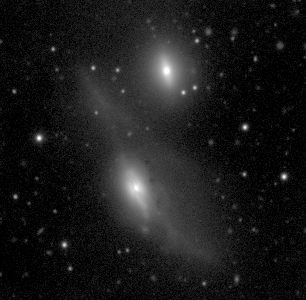
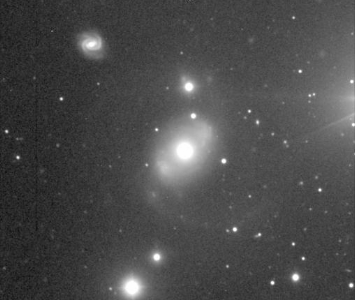
SARA is expanded its operations in 2010, when refurbishing was finished and operations started of a 0.6-meter telescope at Cerro Tololo. Originally set up by Lowell Observatory for planetary observations, this telescope yields excellent images, and we look forward to having access to the southern skies. It is also easier to use a telescope to one's east, as sundown and sunrise both happen earlier rather than later. Observers typically see the telescope in its dome from one of the webcams:
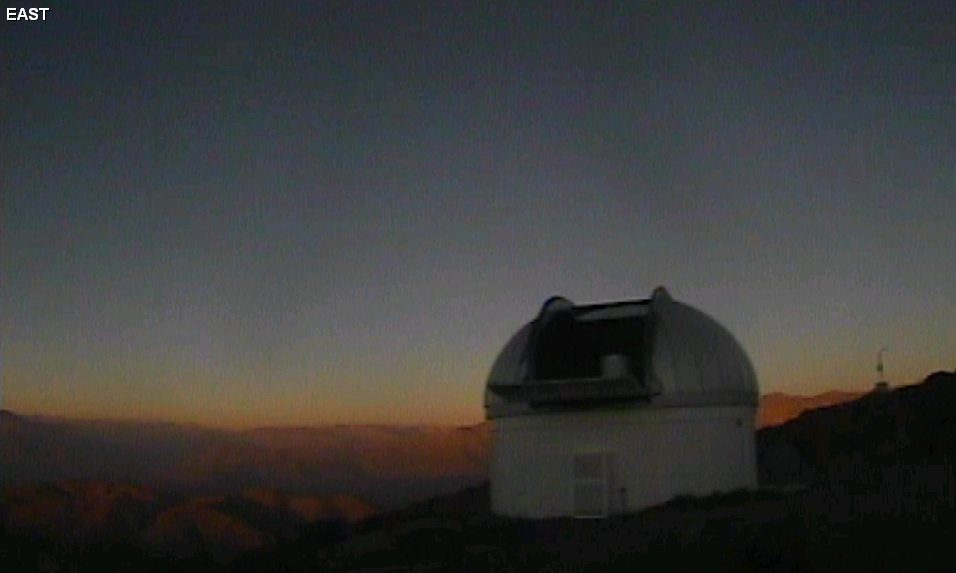
This panorama from 2015 shows the SARA installation at CTIO, its new neighbor the MEarth telescope farm, and the new development on the slopes of Cerro Tololo:
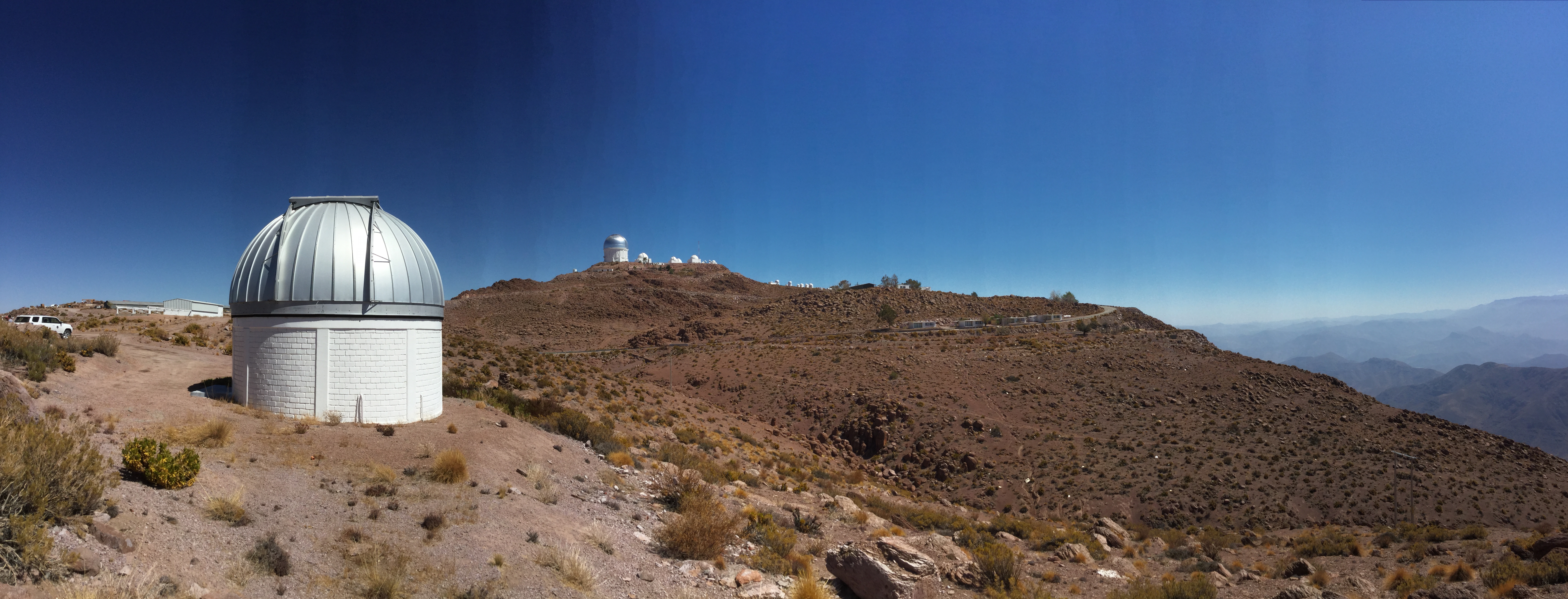
These are some of my results within the first months of using SARA-S. Just exulting over access to such a rich part of the sky, here are Hα mosaics of the spectacular η Carinae and Tarantula nebulae:
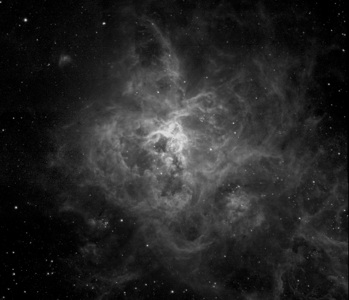
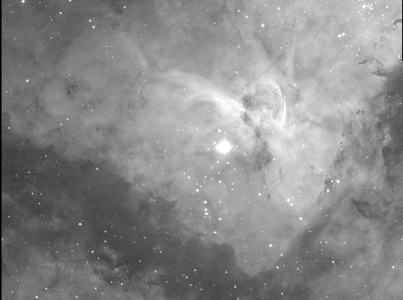
From some ongoing science, here is a ugr composite of the slightly-interacting and very-overlapping galaxy pair NGC 2207/IC 2163, being used for dust studies together with the long-exposure GALEX ultraviolet images, and an Hα mosaic of the filaments along the jet of Centaurus A.
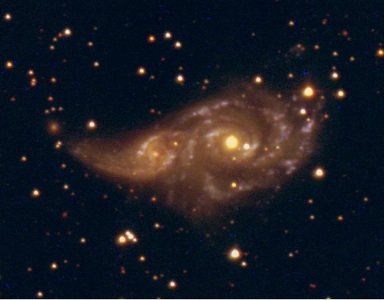
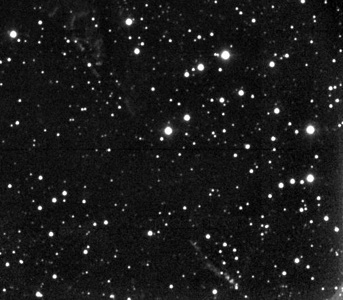
Additional SARA images may be seen in my Dropbox collection.
SARA is scheduled to take over remote operation of the 1m Jacobus Kapteyn Telescope (JKT) at La Palma in early 2015.
Last changes: 7/2015 © 2007-15